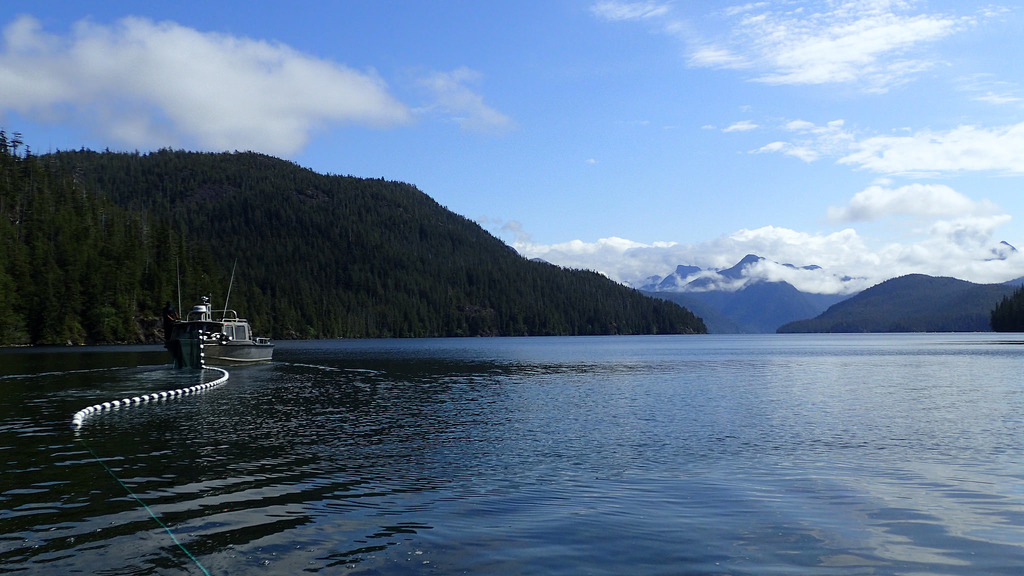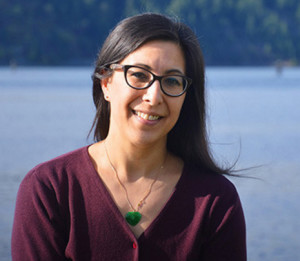
29 Jul CO-MANAGING AQUATIC RESOURCES ON VANCOUVER ISLAND
In Ahousaht et al vs. Canada, the Trial Judge found that economic trade in fish happened regularly, in substantial quantities, and was integral to Nuu-chah-nulth First Nations cultural practices. Today Nuu-chah-nulth Nations collaboratively work with stakeholders at WCVI (West Coast of Vancouver Island) Roundtables in Barkley, Clayoquot, Nootka and Kyuquot communities with the goal of ensuring that all groups can fully attain their salmon allocations, which provide food, social, ceremonial, and economic benefits.
“The first WCVI Roundtable came out of a conflict over access to the resource for Area 23,” said Diana Dobson, Program Head, WCVI Stock Assessment for DFO (Department of Fisheries and Ocean). Currently, the WCVI Roundtables comprise Areas 23 (Barkley, both harvest and stewardship), 24 (Clayoquot), 25 (Nootka), and 26 (Kyuquot), bringing together First Nations, DFO, sports and recreation, commercial, and stewardship groups that historically wouldn’t have sat together at the table.

Today, WCVI Roundtables are a cooperative process where First Nations and stakeholders look for solutions that work for all groups – Tawney Lem Executive Director of Management for West Coast Aquatic
“In the past each group would meet bilaterally with DFO and be asked what would be best for them without considering other groups,” said Tawney Lem, Executive Director of Management for West Coast Aquatic. “Today, WCVI Roundtables are a cooperative process where First Nations and stakeholders look for solutions that work for all groups.” Steve Tatoosh, Chief Councillor, Hupacasath First Nation has participated in Area 23 Roundtables for six years and agreed. “Roundtables provide an atmosphere for rightful owners of the resource and stakeholders to offer their input on how the resource is managed.”
During the February to May “pre-season,” the Roundtables do the heavy lifting by creating an annual fishing plan, which includes management actions for various environmental scenarios, looks at when First Nations and users are out on the water, what days they’ll fish, and what times. During “in-season” summer months, groups receive updates on escapement and send out test fishing boats to determine the size of the runs (i.e., higher or lower than the forecast), considering whether to make adjustments based on information coming back. Between about October to January WCVI Roundtable groups for the four areas conduct a post-season review of their management plan to see how well the plan was adhered to, and to see if the plan was robust enough to address issues that arose in-season. At that time the groups decide whether the plan needs updating. During this process, issues often arise that spark concern at the table.
As an example, returning sockeye numbers were historically high in 2015 yet there was a challenge around accessing salmon due to low water levels and high water temperatures. “There was a lot of concern at the table,” said Lem, “yet even during the discussions people realized that these issues impact everyone and collectively they needed to find a solution.”
“It’s a good way to work through problems,” said Graham Murell, Biologist and Fisheries Manager, Hupacasath First Nation about how Roundtables come to agreement when an issue arises. Another advantage of the WCVI Roundtables is in how the consensus-based approach can lead to new solutions.
Highlighting the “creativity” and “flexibility” at the tables, Andy Olson, Fisheries Manager Biologist, Tseshaht First Nation said at a recent Council of Ha’wiih Forum on Fisheries that through the roundtable process Tseshaht First Nation was able to negotiate a fishery to use small mesh gear to target mostly three-year old male chinook, and that they harvested 7,000 chinook. Speaking about how the meetings have impacted the area overall, Tatoosh said that for Area 23 the “meetings have meant better management for the Alberni Inlet and Port Alberni in general.” This progression towards “better management” is related to the fact that the Nuu-chah-nulth Nations participating in the Roundtables are exercising their Aboriginal rights to manage and access the resources.
“The Nations that are part of these discussions are managing their own fishery and helping to design fishery management plans with other stakeholders that are more comprehensive and nuanced than the way DFO might look at the world outside this co-management approach,” said Dobson. “ The resulting plans better meet the needs and objectives of the First Nation communities and other stakeholders and it makes sense that they’d be more engaged with the process as a result.” Still, she and others often use the word “compromise” to describe how all groups operate to make it work. “Compromise is definitely a big benefit of the table,” said Tatoosh. “There’s give and take between each group.”
By Dawn Foxcroft
Reproduced from the Ha-Shilth-Sa Newspaper with permission from the author.


